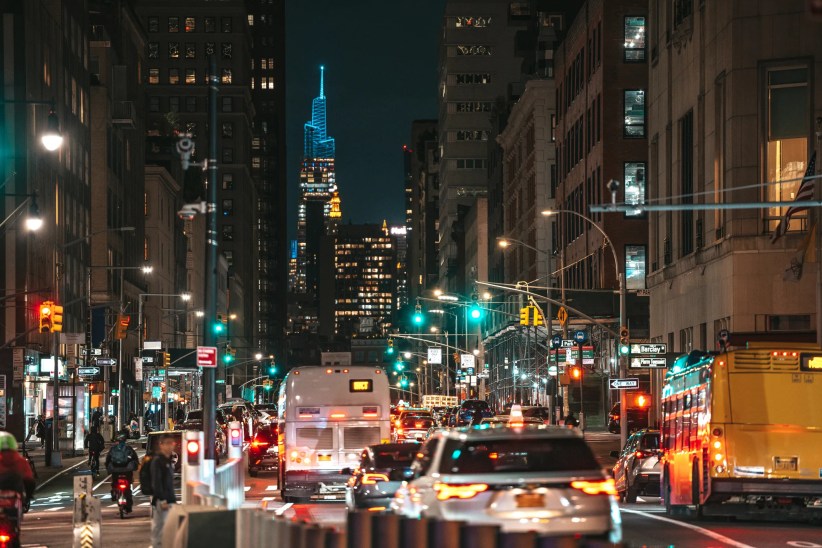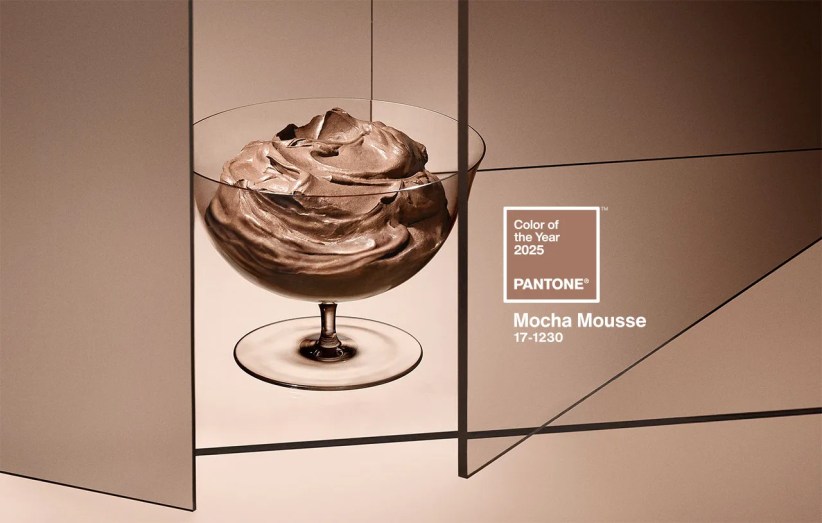The Central Park Conservancy unveiled its plan to reunify the northern part of the park with the Harlem Meer on September 18 at a media briefing at the Charles A. Dana Discovery Center. For years, the Lasker Pool (and seasonal ice rink) has stood as a physical and symbolic separation between the Meer and the north end of the park, and has become run-down and out of sync with the community, according to officials. The Conservancy's project, which will break ground before the 2021 pool season, will raze Lasker, build an oblong pool/rink, create a community space that is built into the side of the ravine, and re-open the watercourse between the Meer and the water flowing through the north woods of the park.
At the conference, officials discussed how Lasker’s poor design has prevented many residents from understanding what lays beyond the structure. Furthermore, the watercourse cannot empty properly into the Meer–every time there’s a storm, water backs up and creates flooding. The area around Lasker is also inaccessible–steep slopes and stairs make it difficult to navigate.
The restoration project will remove the Lasker facility in totality and build a community space where the landscape will once again dominate the space, not a manmade structure. A new pool will be more oblong to better fit into the topography of the park, and the accompanying building will be almost hidden in the ravine. Natural materials will be used to create a space that requires limited heating and air conditioning and is a sustainable center of community recreation. The steep slopes and stairs of the current landscape will be gone, replaced with level ground everyone can access. Parkgoers will be able to see the north woods beyond the pool, and water will flow more freely from the watercourse into the Harlem Meer. The pool deck will contain a splash pad for kids to play on all summer as well. Christopher J. Nolan leads the architecture team on this project in collaboration with Susan T. Rodriguez’s firm and the Mitchell Giurgola firm.
While Lasker represents a barrier between the people and the park, the new facility will represent a connection. Central Park was originally designed to be an Adirondack-like destination for everyone–not just the people who could afford summer homes outside the city. This restoration will bring the park back closer to this purpose. In light of that, Manhattan Borough President Gale Brewer said that this upcoming project has been well received.
“Everybody loves it,” she said. “Can you imagine, in Manhattan, everybody loves it!”
Main Image: A rendering of the restoration. Courtesy Central Park Conservancy






















